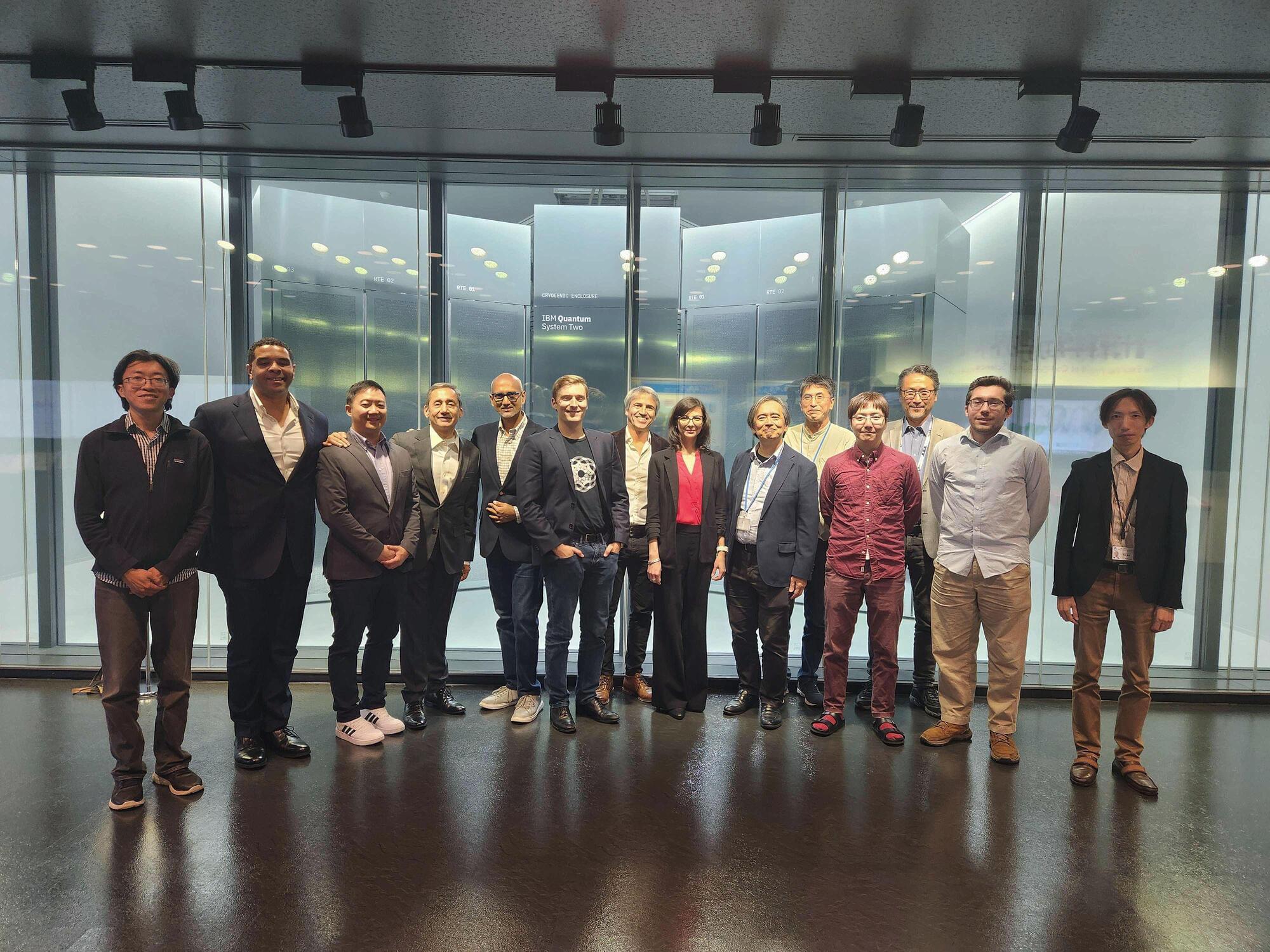Microscopic wireless electronic devices hitch a ride on immune cells to reach the brain, offering therapeutic avenues for brain cancers and neurodegeneration.



Interfacing artificial devices with the human brain is the central goal of neurotechnology. Yet, our imaginations are often limited by currently available paradigms and technologies. Suggestions for brain–machine interfaces have changed over time, along with the available technology. Mechanical levers and cable winches were used to move parts of the brain during the mechanical age. Sophisticated electronic wiring and remote control have arisen during the electronic age, ultimately leading to plug-and-play computer interfaces. Nonetheless, our brains are so complex that these visions, until recently, largely remained unreachable dreams. The general problem, thus far, is that most of our technology is mechanically and/or electrically engineered, whereas the brain is a living, dynamic entity. As a result, these worlds are difficult to interface with one another.

Something strange goes on inside the material platinum-bismuth-two (PtBi₂). A new study by researchers at IFW Dresden and the Cluster of Excellence ct.qmat demonstrates that while PtBi₂ may look like a typical shiny gray crystal, electrons moving through it do some things never seen before.
In 2024, the research team demonstrated that the top and bottom surfaces of the material superconduct, meaning electrons pair up and move without resistance.
Now, they reveal that this pairing works differently from any superconductor we have seen before. Enticingly, the edges around the superconducting surfaces hold long-sought-after Majorana particles, which may be used as fault-tolerant quantum bits (qubits) in quantum computers.

A Princeton team built a new tantalum-silicon qubit that survives for over a millisecond, far surpassing today’s best devices. The design tackles surface defects and substrate losses that have limited transmon qubits for years. Easy to integrate into existing quantum chips, the approach could make processors like Google’s vastly more powerful.

“You should have a few good years ahead of you but I wouldn’t hold my Bitcoin,” Peronnin said, laughing. “They need to fork [move to a stronger blockchain] by 2030, basically. Quantum computers will be ready to be a threat a bit later than that,” he said.
Quantum doesn’t just threaten Bitcoin, of course, but all banking encryption. And it is likely that in all these cases companies are developing quantum resistant tools to upgrade their existing security systems.
Defensive security algorithms are improving, Peronnin said, so it’s not certain when the blockchain will become vulnerable to a quantum attack. But “the threshold for such an event is coming closer to us year by year,” he said.


Optical quantum computers are gaining attention as a next-generation computing technology with high speed and scalability. However, accurately characterizing complex optical processes, where multiple optical modes interact to generate quantum entanglement, has been considered an extremely challenging task.
A KAIST research team has overcome this limitation, developing a highly efficient technique that enables complete characterization of complex multimode quantum operations in experiment. This technology, which can analyze large-scale operations with less data, represents an important step toward scalable quantum computing and quantum communication technologies.
A research team led by Professor Young-Sik Ra from the Department of Physics has developed a Multimode Quantum Process Tomography technique capable of efficiently identifying the characteristics of second-order nonlinear optical quantum processes that are essential for optical quantum computing.

Cloudflare is investigating an outage affecting its global network services, with users encountering “internal server error” messages when attempting to access affected websites and online platforms.
Cloudflare’s Global Network is a distributed infrastructure of servers and data centers located in over 330 cities across more than 120 countries, delivering content delivery, security, and performance optimization services.
It has 449 Tbps global network edge capacity and connects Cloudflare to over 13,000 networks, including every major ISP, cloud provider, and enterprise worldwide.
